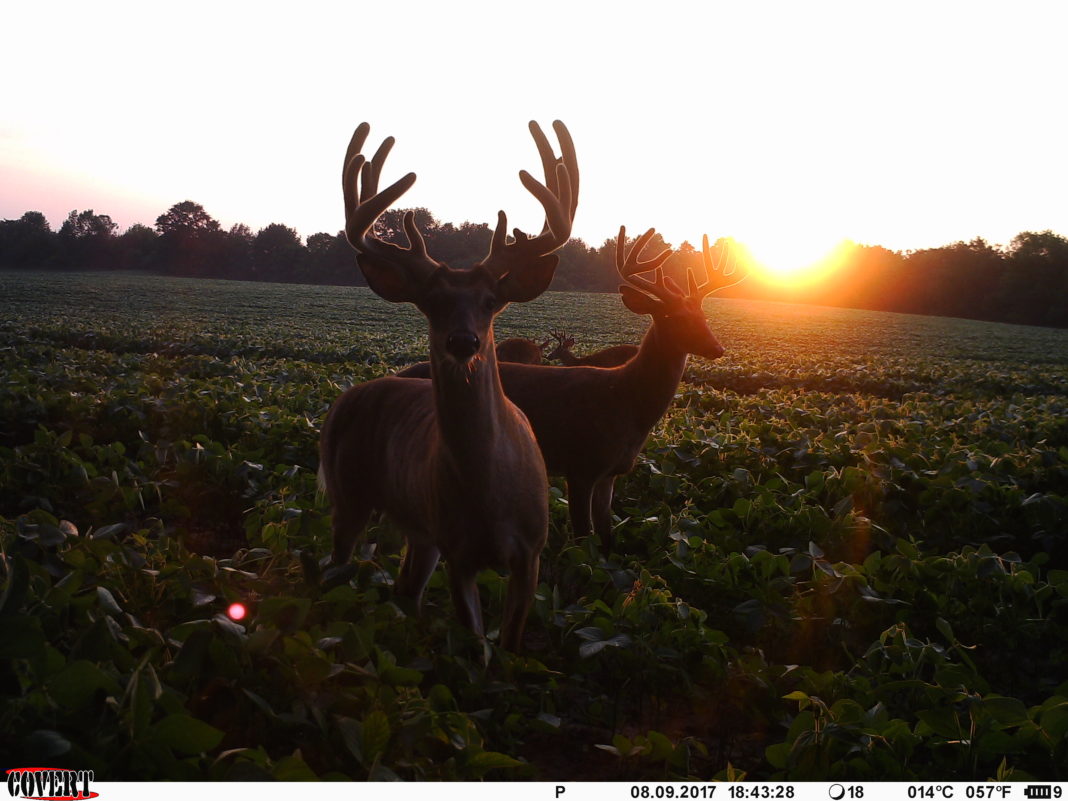For months, we have watched summer bucks do their thing. The feed on a regular routine and travel the same paths.
The month of August has many hunters excited, as they think they have the deer patterned. Then it happens.
The bucks seem to disappear when fall arrives, but where do they go?
Bill Winke has some insight on this in an article he wrote for Petersen’s Bowhunting.
I have run into these disappearing bucks a number of times, and it can be very frustrating if you don’t understand what is happening and know how to adapt.
Some bucks have a different fall range from their summer range, and the two ranges don’t always overlap. Nothing you can plant and no amount of reduced human interaction will change things. Some bucks just leave for whatever reason. Not every buck you find this month will still be there in October.
The Great Deception
I “hunted” a buck in 2008 that was a real dandy. We could find him on one of my alfalfa fields just about any evening during late July and early August. But after two seasons of looking for him all over the place with trail cameras in October and November and not finding him, I realized he only spent the summer here. That really opened up my eyes to this subject of buck dispersal.
Why They Disperse
During the summer, bucks are the best of buddies, even grooming each other and spending many carefree days bedding and feeding together. But come November, those same deer are trying to kill each other.
Testosterone turns them into enemies. As the days shorten in August, the level of testosterone in a buck’s system starts to increase. This is what triggers velvet shedding in early September and what causes the bachelor groups of summer to break up soon after. Velvet shedding is the official start of the fall dispersal.
Where They Go
One of my employees radio-collared a number of bucks and learned that the average buck relocates roughly 600 yards from August to October. Since some bucks don’t move at all, there also have to be some that disperse long distances to produce this average. Even the average of 600 yards is enough to move a buck right off your property.
Bucks tend to use the same summer ranges and the same fall ranges each year. If you had a certain buck in your hunting area last fall that you know made it through the winter, odds are good that he will be there again this fall — regardless of where he spent his summer.
Read more: http://www.bowhuntingmag.com/whitetail/why-do-summer-bucks-disappear-in-the-fall/#ixzz4q7WaMknB



















![The Best Deer Camp Chili [VIDEO] Deer Chili Ingredients, Tomatoes, Chili Spices](/wp-content/uploads/2015/10/Deer-Chili-Deer-Camp-Recipe-218x150.jpg)
![How to Call Elk Early in the Season [VIDEO]](/wp-content/uploads/2016/08/byers003-218x150.jpg)




![Idiots Disturb Hunter: How Would You Have Handled It? [VIDEO]](/wp-content/uploads/2015/10/DSC00110-e1474487693878-100x70.jpg)
![Albino Buck Shocked to Shed His Antlers [VIDEO]](/wp-content/uploads/2015/10/AlbinoDeer-100x70.jpg)